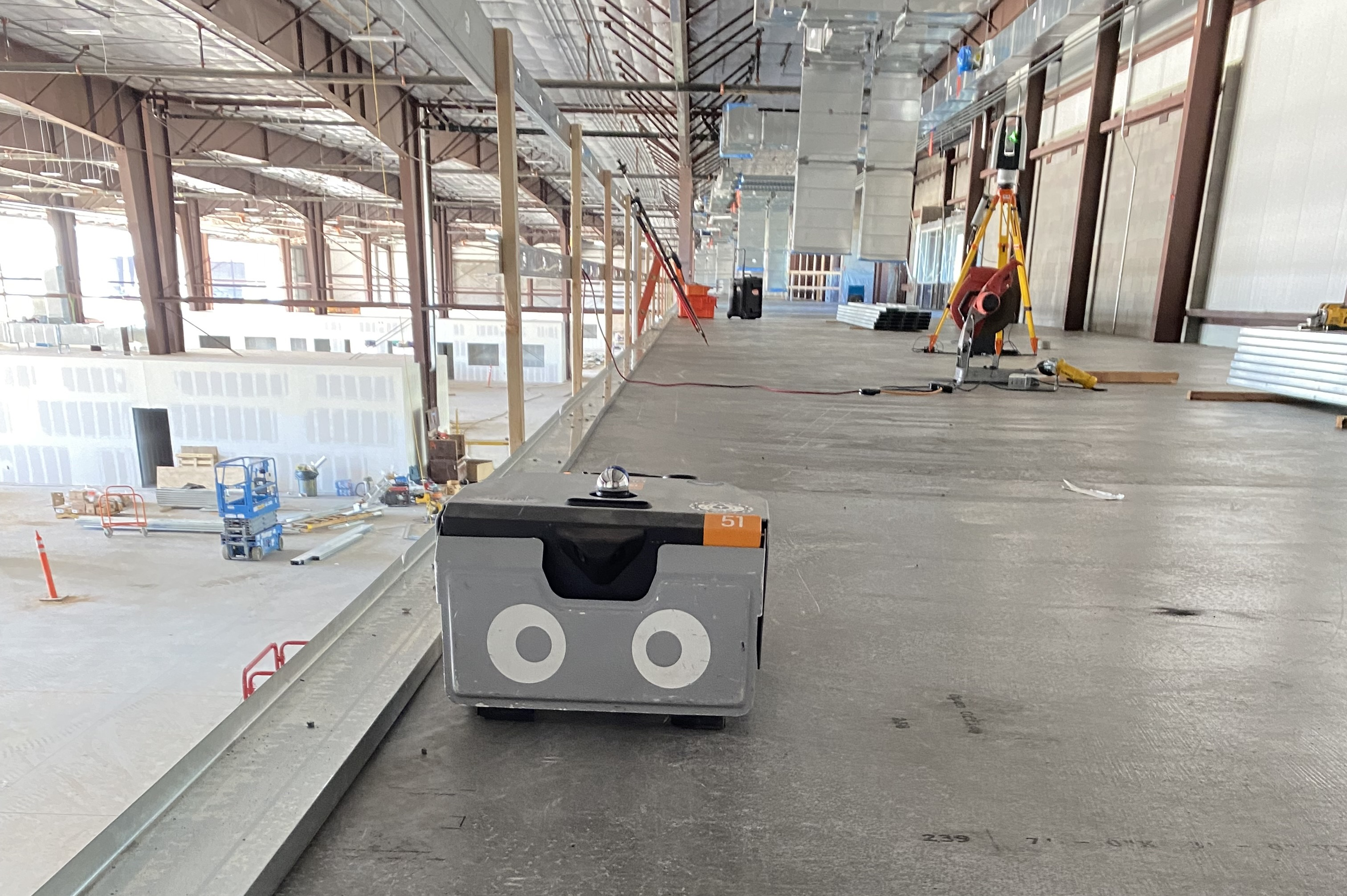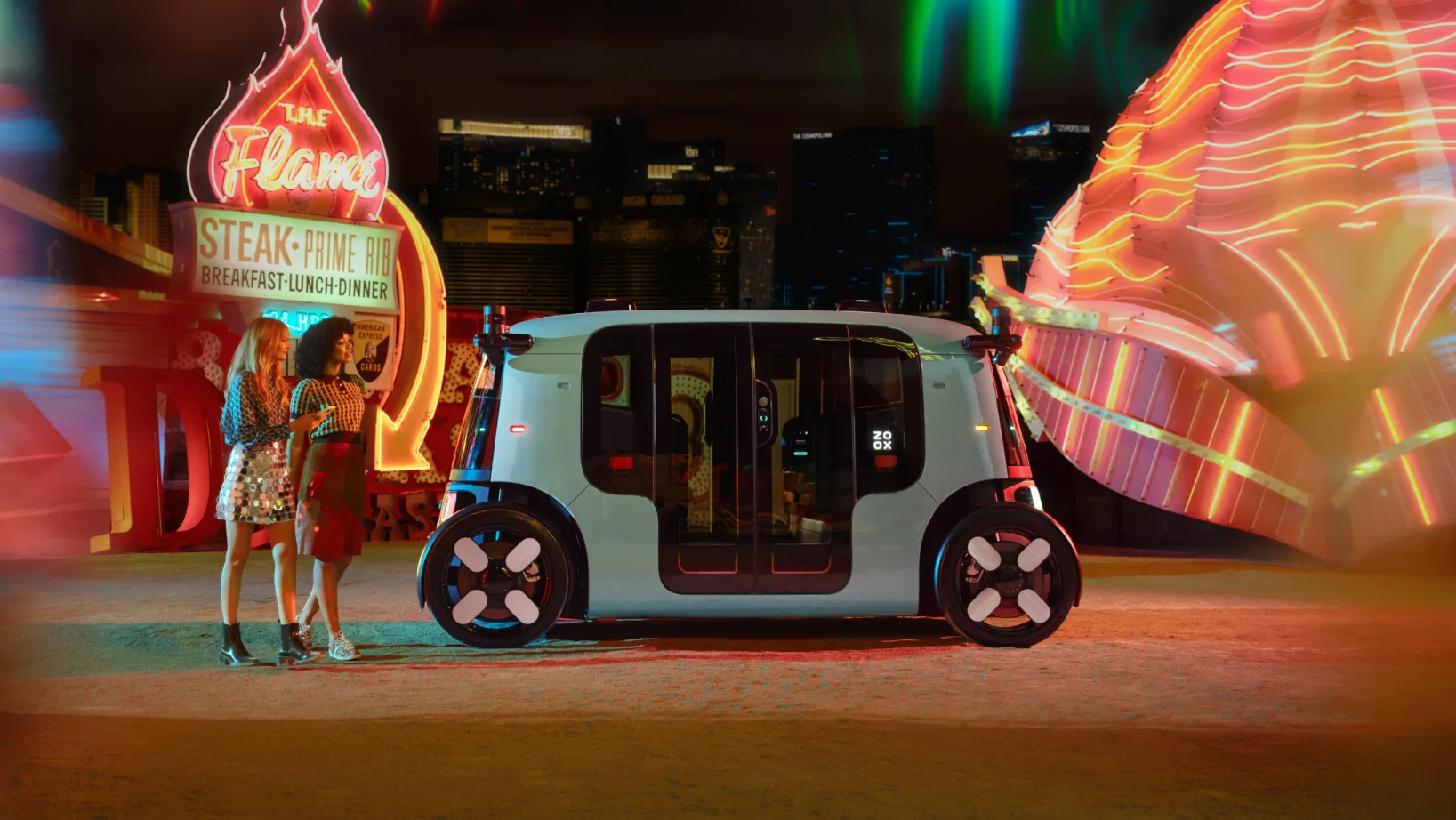Looking for a humanoid robot for sale? Whether you’re a researcher, engineer, or forward-thinking business owner, 2025 is shaping up to be a breakthrough year in human-robot interaction. From advanced joint torque performance to real-world industrial tasks, today’s humanoid robots are no longer just science fair spectacles — they’re programmable platforms capable of real work in complex environments.
In this guide, we’ll break down what to expect when buying a humanoid robot, with a spotlight on standout models like the Unitree G1 and Unitree H1, plus a look at industry veterans like Hanson Robotics. Whether you’re after raw mobility, dexterous manipulation, or a research-ready platform — we’ve got you covered.
What Is a Humanoid Robot?
A humanoid robot is a robot built to resemble the human body in both form and function. These machines typically feature legs, arms, a torso, and sometimes a head — all powered by joint motors designed to mimic human movements.
Advanced robots today are equipped with:
- High joint torque motors (especially for knees and arms)
- Panoramic scanning via 3D LiDAR sensors
- Multi-touch array sensors for delicate object handling
- Battery systems engineered for long operational runtime
- Optional dexterous hands capable of manipulating tools
They’re used in a growing number of environments — from hazardous industrial tasks to domestic duties, interactive performances, and amusement parks.
Spotlight: Unitree G1 and H1
Among the most exciting humanoid robots available in 2025 are the Unitree G1 and H1, both developed in China by the trailblazing robotics firm Unitree Robotics.
Unitree H1 — Full-Sized and Record-Setting
- Height: ~180 cm | Weight: ~47 kg
- Mobility: World record speed of 3.3 m/s
- Torque: Knee torque up to 360 N.m
- Computing: Intel Core i7 standard configuration; Nvidia Jetson optional
- Use Cases: Industrial, R&D, obstacle navigation, real-world testing
- Starting Price: ~$16,000 USD
The H1 is ideal for researchers and advanced developers seeking a humanoid platform that can walk, run, and perform complex tasks across uneven or dynamic terrain.

Key specs of the Unitree G1: 23 DOF, 35 kg, 2-hour runtime.
Unitree G1 — Compact, Flexible, Developer-Friendly
- Size: Smaller and lighter than H1
- Best For: Lab use, smaller indoor spaces, AI model testing
- Add-Ons: Dex. hand, extra sensors, remote control modules
- Platform Function: Fully programmable, supports secondary development
- Energy Efficiency: Improved for long-term indoor use
Both models feature replaceable batteries and are engineered to run autonomously, with customization tools available for AI, mobility logic, and manipulator behaviors.
What Can Today’s Humanoid Robots Do?
Humanoid robots are no longer limited to walking demos. Their highly flexible movement capabilities, paired with next-gen sensors and computing, allow them to:
|
Application |
Example Task |
| Industrial Automation | Sorting, carrying, light assembly in hazardous zones |
| Education & Research | Studying human-robot interaction and motion planning |
| Healthcare | Movement demos, therapy, or guidance for patients |
| Domestic Settings | Picking up light objects, interacting via voice/gesture |
| Entertainment | Realistic movement for shows or amusement parks |
These platforms are not just for engineers. Many now support user development through no-code or low-code platforms and can integrate with external sensors or custom logic modules.
Maintenance Requirements and Considerations
Before buying a humanoid robot, keep the following maintenance requirements in mind:
- Moving Parts: Check wear and tear on knees, elbows, and wrists
- Battery Life: Expect 2–4 hours of runtime, depending on workload
- Software Updates: Look for vendors who offer OTA (over-the-air) updates
- Quick Release Systems: Some models allow fast part swaps (arms, hands, etc.)
Always ask the vendor about ongoing support, available add-ons, and whether the model is certified for your intended environment.
The Dexterous Hand: Why It Matters
Unitree and other developers now offer optional dexterous hands with up to five independently controlled fingers. These systems mimic human hands in thigh-length proportion and use torque-controlled actuators for fine-grained manipulation.
Real-world applications include:
- Picking up varied objects
- Using tools or keyboards
- Performing complex tasks like pouring, pointing, or assembling kits
These capabilities are often what separate basic models from truly capable humanoid platforms.
Other Companies Offering Humanoid Robots for Sale
While Unitree is leading in price-performance, other notable vendors include:

Sophia, the humanoid robot created by Hanson Robotics, known for lifelike expressions and AI interaction.
Hanson Robotics
Famous for the expressive Sophia robot, Hanson focuses more on lifelike facial expressions and social interaction.
- Best for: Public exhibitions, conversation research, AI personality modeling
- Not ideal for: Locomotion or rugged environments

The Fourier Intelligence GR-1, designed as the most accessible humanoid robot assistant for everyday use.
Fourier Intelligence
Makers of the GR-1, known for industrial use cases and hospital logistics. Offers strong joint motor and torque performance.
- Focus: Service robots with strong legs and carry capacity
- Key feature: Open SDK for developers
Final Thoughts: Should You Buy a Humanoid Robot in 2025?
If you’re in education, research, or product development — now is a perfect time to explore humanoid robots for sale. Prices are falling, platforms are becoming more robust, and developer support is growing rapidly.
- Start with a clear use case
- Choose between compact or full-sized models
- Don’t forget about software, integration, and long-term maintenance
Ready to explore the best options on the market?
Check out our [side-by-side humanoid robot comparison →] or [talk to our robot advisor →] to match the right platform to your needs.




